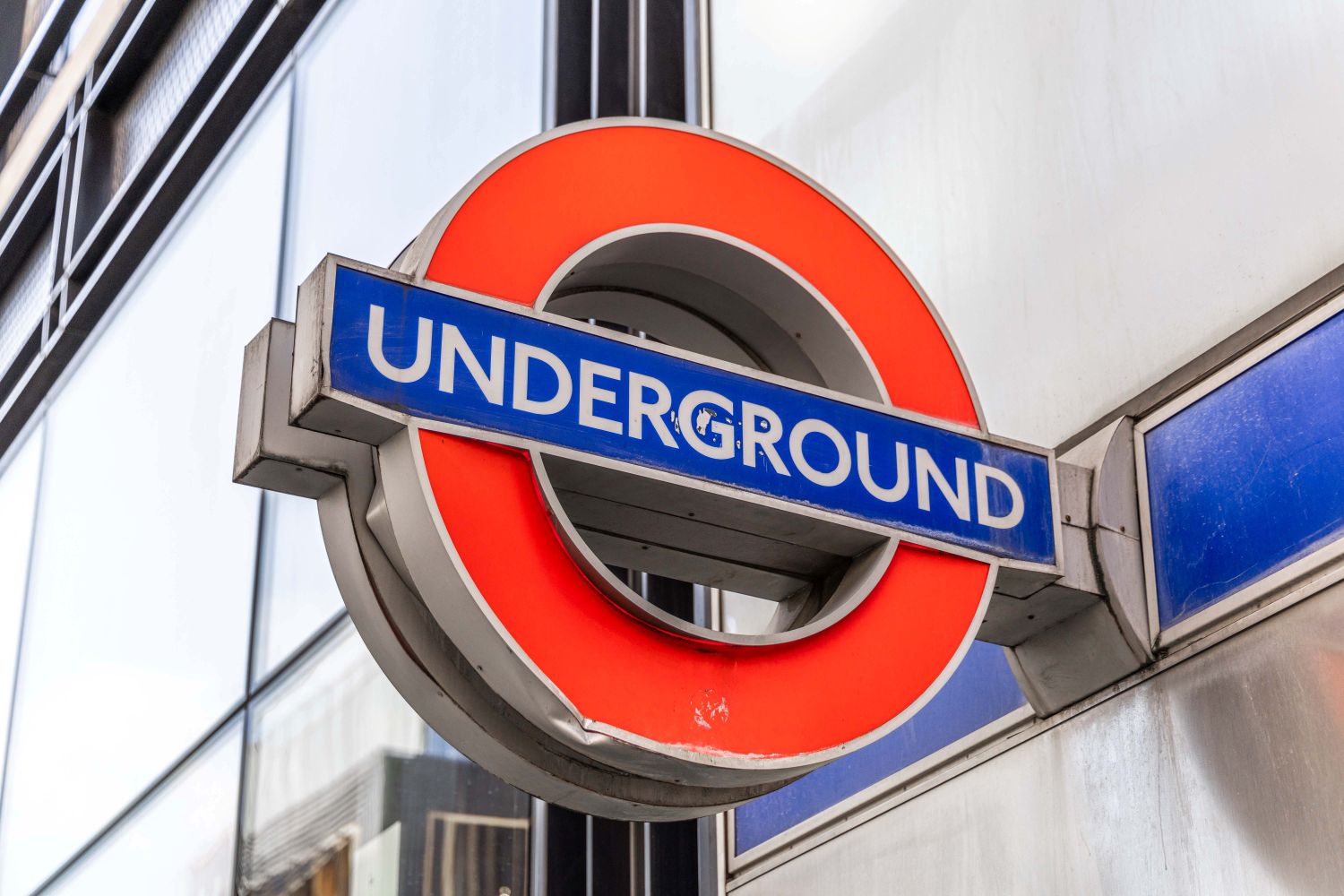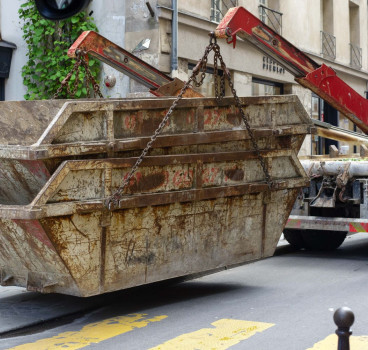The construction of the world’s first subway system
The London Underground, known affectionately as "the Tube," is one of the most iconic transit systems in the world. Opened in 1863, it was the first underground railway ever built, revolutionising urban transportation and setting a precedent for modern subway systems across the globe. Constructed in an era dominated by steam power and Victorian engineering ingenuity, the Underground’s creation was a formidable challenge, requiring groundbreaking technology, innovative construction techniques and an unwavering determination to solve London's congestion crisis.
By the mid-19th century, London was a bustling metropolis plagued by severe traffic congestion. The city's rapid expansion, furled by the Industrial Revolution, had led to an increase in population and a surge in trade and commerce. Horse-drawn carriages, omnibuses and pedestrians crowded the narrow streets, making travel slow and inefficient. With over two million residents by 1850, the need for a more effective transport solution became evident.
The idea of an underground railway was first proposed by Charles Pearson, a city solicitor, who envisioned a subterranean railway that would link London's railway termini with the heart of the city. Pearson's vision was met with scepticism, but eventually gained support from engineers, businessmen and politicians who recognised its potential to alleviate congestion and improve commuting times.
In 1854, Parliament approved the construction of the Metropolitan Railway, the world’s first underground railway. Designed to connect Paddington, Euston and King’s Cross with Farringdon, the project was ambitious, requiring significant engineering innovations to carve tunnels beneath one of the world's busiest cities.
Construction began in 1860, utilising a method known as "cut-and-cover." This technique involved digging large trenches along city streets, building the tunnels within them, and then covering them with roads and buildings. While effective, cut-and-cover was immensely disruptive, necessitating the demolition of entire streets and causing major upheaval for residents and businesses.
Engineering challenges and innovations
Victorian engineers faced numerous technical and logistical obstacles while building the Underground. One of the greatest challenges was managing London’s soft, waterlogged clay soil, which made tunnel excavation difficult and prone to collapse. Engineers reinforced tunnels using brick linings, a practice that provided durability and ensured structural integrity.
Another challenge was ventilation. Since the Metropolitan Railway relied on steam locomotives, ensuring a sufficient air supply underground was crucial. Engineers designed ventilation shafts and installed extractor fans at key points along the route to manage smoke and fumes. However, passengers still endured poor air quality and intense heat, leading to frequent complaints about the "sulphurous" conditions.

On January 10, 1863, the Metropolitan Railway opened to the public. The first stretch, running from Paddington to Farringdon, spanned nearly four miles and featured seven stations. The railway was an immediate success, carrying over 38,000 passengers on its first day and nearly ten million in its first year.
Despite the excitement, the early years of the Underground were not without difficulties. The reliance on steam power meant that stations and tunnels filled with smoke, making journeys uncomfortable. Nonetheless, the railway’s ability to cut travel times significantly outweighed these drawbacks, cementing its place as a vital part of London’s transport network.
Expansion and technological advances
The success of the Metropolitan Railway prompted further expansion. The District Railway (now part of the District Line) opened in 1868, forming the foundation of today’s Circle Line. By the late 19th century, new construction methods were needed to dig deeper tunnels without disrupting life above ground.
In the 1890s, engineers turned to a revolutionary technique: the Greathead Shield, a cylindrical tunnelling device inspired by Marc Isambard Brunel’s earlier work on the Thames Tunnel. This innovation allowed for the construction of "deep-level" tube lines, such as the City & South London Railway (now part of the Northern Line), which opened in 1890 as the world’s first electric underground railway.
Electrification was another major breakthrough. In 1905, the Metropolitan and District Railways converted from steam to electric power, dramatically improving efficiency, comfort and air quality. By the early 20th century, most of the network had transitioned to electric trains, making the Underground more reliable and appealing to commuters.
The London Underground transformed urban transportation, providing a blueprint for cities worldwide to develop their own metro systems. Its construction demonstrated the potential of underground railways to ease congestion, stimulate economic growth and shape urban development.
The Tube’s legacy is reflected in its continued expansion, technological advancements and enduring cultural significance. From the introduction of contactless payment systems to the development of the Elizabeth Line, the London Underground remains at the forefront of public transportation innovation.
Today, with over 270 stations and more than 250 miles of track, the Underground carries millions of passengers daily, a testament to the vision and engineering prowess of the Victorian pioneers who first dared to build beneath London’s streets.
The construction of the London Underground was a remarkable feat of engineering that changed the way people navigate cities. Overcoming immense challenges, Victorian engineers built a system that has stood the test of time, continually evolving to meet the demands of modern London. As urban populations grow and transportation needs change, the pioneering spirit that created the world’s first subway continues to inspire new innovations in underground travel.
Additional Articles

Why everyone has a favourite skip and what it says about you
In construction, there are two universal truths – tea, of course, is essential and believe it or not, everyone - whether they are prepared to admit it - has a favourite skip. It may sound strange,...
Read moreThe cultural significance of the bacon roll in UK construction
Walk onto any construction site in the UK at 7:30am and you’ll quickly discover that the most important piece of equipment isn’t a digger, a drill or a laser level. It’s a humble, foil-wrapped,...
Read more

Check out the odd things unearthed on construction sites
Dig deep enough on a construction site and you might be amazed at what you find. In fact, if there is anywhere destined to uncover hidden treasures, you are in the right place. Large-scale ground...
Read more